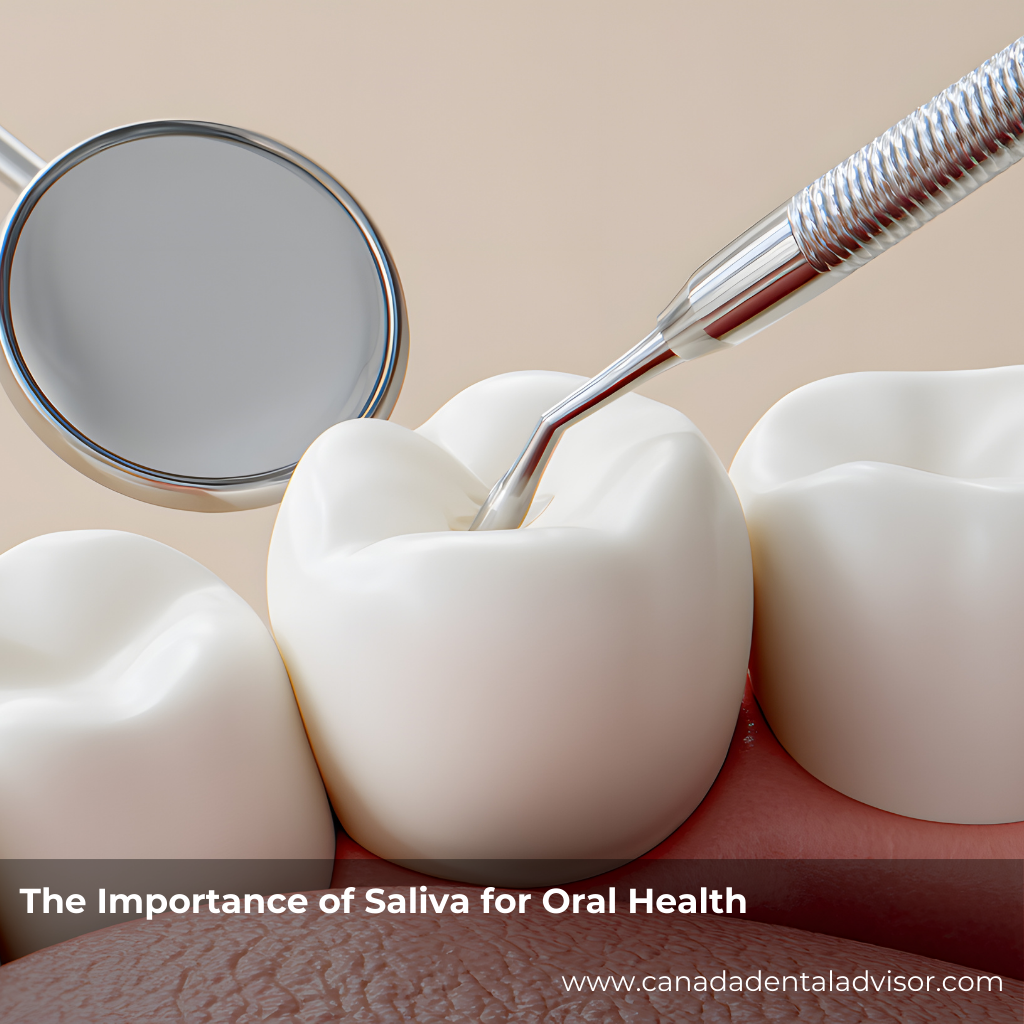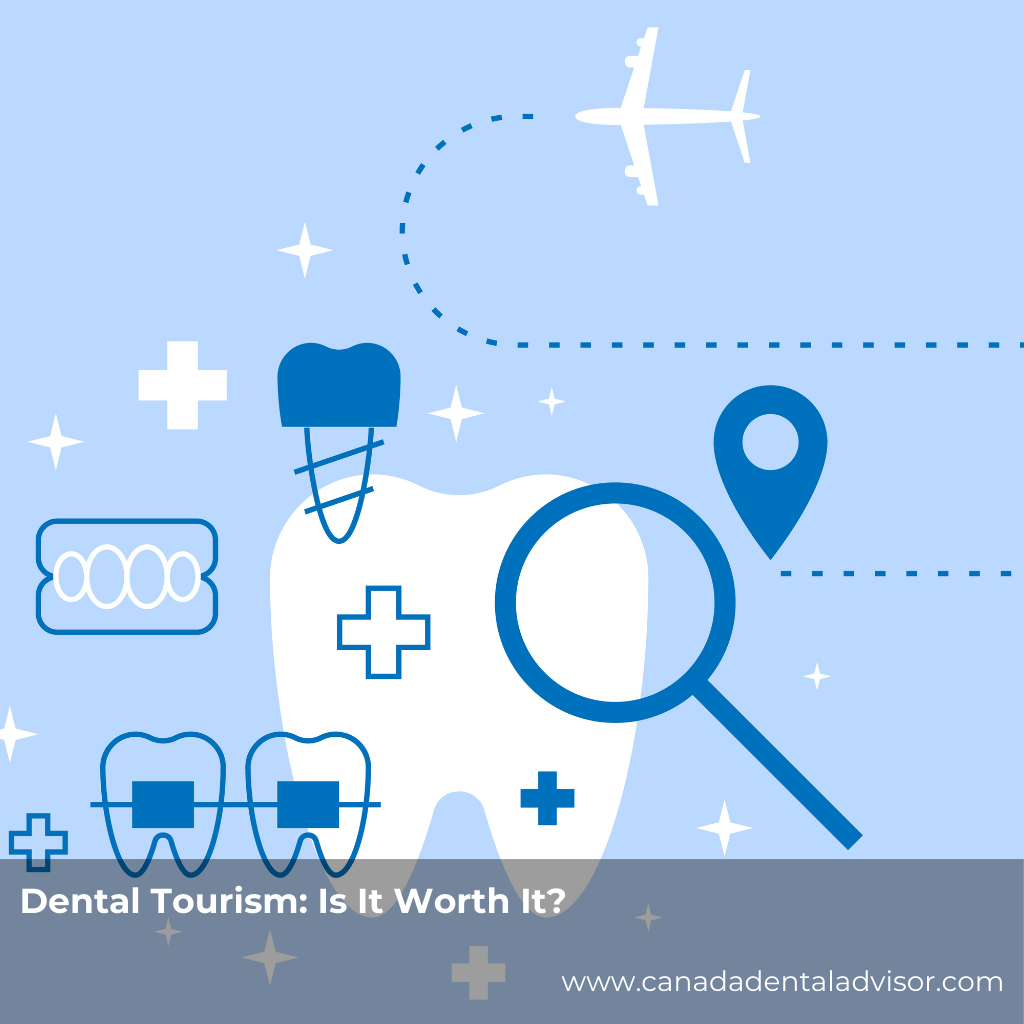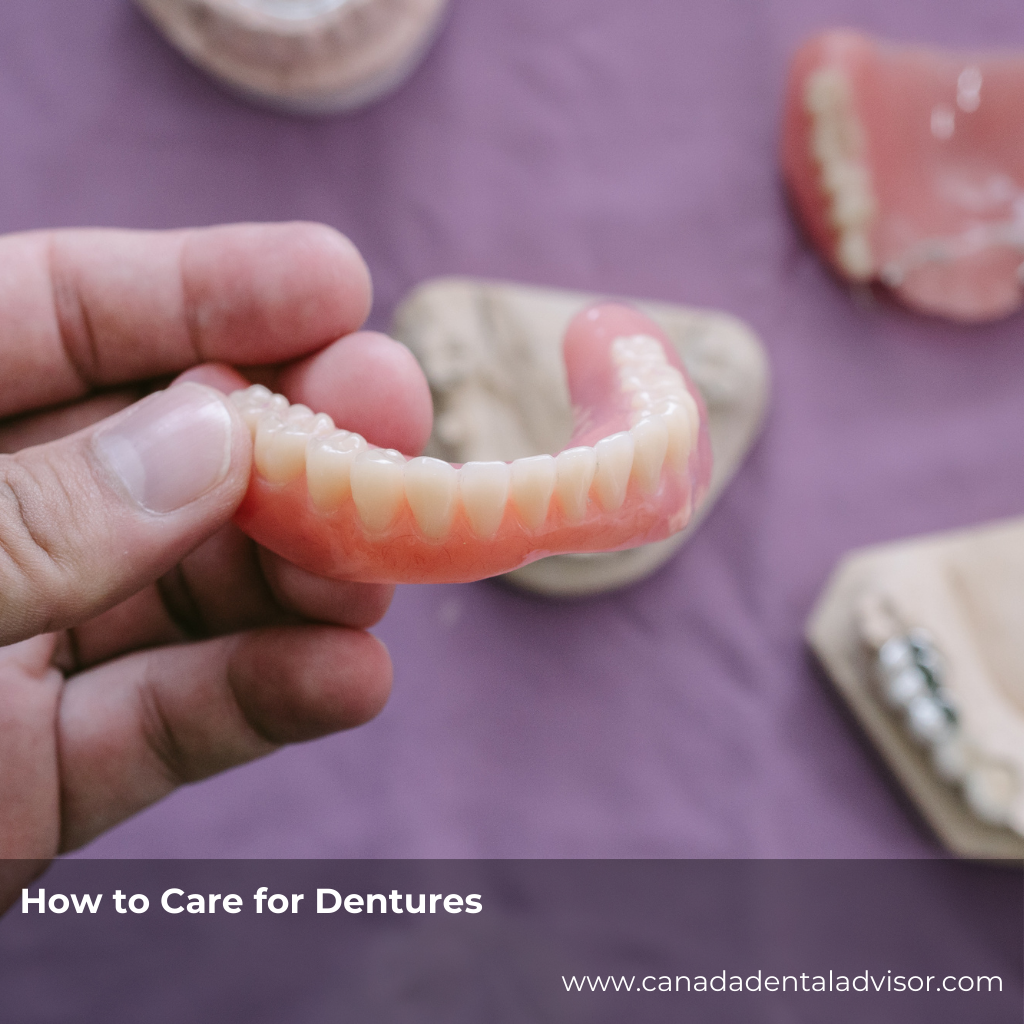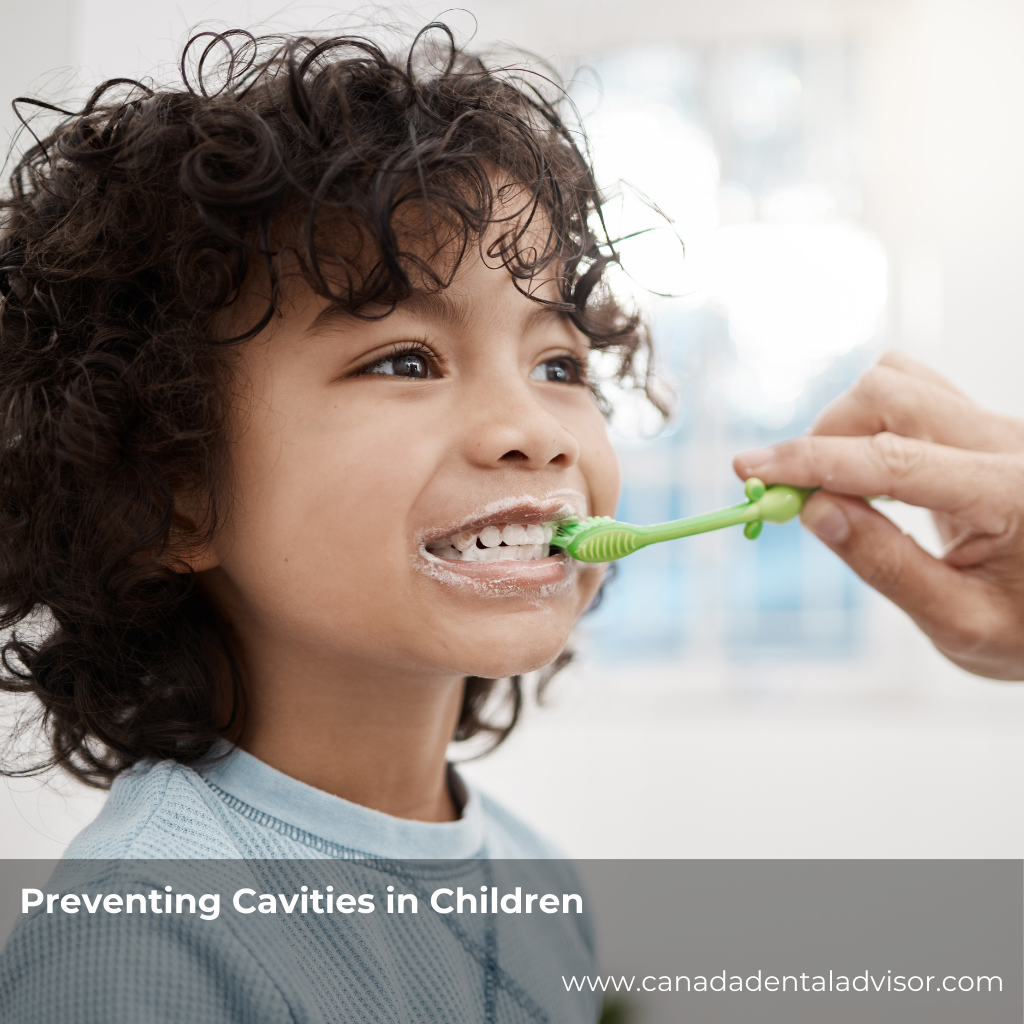Why Fluoride Matters
Fluoride is a naturally occurring mineral that strengthens tooth enamel and makes it more resistant to acid attacks from bacteria and sugars. This protective shield reduces the risk of cavities, slows the progression of early decay, and even helps reverse minor enamel damage.
But here’s the catch: fluoride works best when it’s tailored to a patient’s specific needs. The dosage, frequency, and delivery method can vary significantly depending on age, diet, medical history, and overall oral health. That’s why individualized care plans are so important.
Individualized Care Plans: The Missing Piece
Imagine two patients:
Emma, age 10, who snacks on sweets after school and struggles with brushing.
Mr. Johnson, age 68, who takes medications that cause dry mouth and wears partial dentures.
Both benefit from fluoride—but in very different ways. Emma may need a flavored fluoride varnish at her six-month checkups and guidance on fluoride toothpaste at home. Mr. Johnson, on the other hand, may require high-fluoride prescription toothpaste and more frequent in-office treatments.
By recognizing these unique needs, dentists can create care plans that not only address the immediate concern (preventing cavities) but also encourage patients to stick to the routine that supports lifelong oral health.
How Fluoride Enhances Treatment Outcomes
When fluoride is part of a tailored plan, the results are tangible:
Stronger enamel: Reinforces tooth surfaces against daily wear.
Reduced cavities: Especially effective for children, teens, and patients with high cavity risk.
Early intervention: Can reverse beginning stages of decay before they turn into cavities.
Support for vulnerable patients: Seniors, patients with braces, or individuals with medical conditions benefit from added protection.
Each of these outcomes reinforces the value of fluoride as part of a comprehensive approach rather than a one-size-fits-all treatment.
Boosting Patient Compliance with Personalization
One of the biggest challenges in dentistry is patient compliance. It’s easy to recommend daily fluoride rinses, but harder to ensure patients actually do them. Here’s where personalization shines:
Relevance: When patients understand why a treatment is chosen for their situation, they’re more likely to follow through.
Convenience: Custom plans can match a patient’s lifestyle—like offering varnishes for kids who dislike rinses, or high-fluoride toothpaste for seniors who prefer fewer steps.
Education: Individualized advice feels more personal, motivating patients to take ownership of their oral health.
For Emma, compliance might come from a dentist explaining cavities in “sugar bug” terms, while Mr. Johnson may appreciate a practical, science-based conversation about dry mouth and enamel risk.
Fostering Long-Term Oral Health
Fluoride in dental health isn’t just about solving today’s problems—it’s an investment in the future. By weaving fluoride into individualized care plans:
Children build habits that protect their teeth into adulthood.
Adults can prevent the slow progression of decay, saving money and discomfort in the long run.
Seniors maintain stronger, healthier teeth despite age-related challenges.
The result? Fewer emergency visits, less invasive procedures, and healthier smiles that last a lifetime.
The Bigger Picture: Prevention Over Reaction
Dentistry is shifting toward preventive care rather than waiting until problems arise. Fluoride plays a starring role in this philosophy. It’s safe, affordable, and widely accessible—but only truly effective when personalized. By treating fluoride as part of a broader, individualized prevention strategy, dental professionals help patients achieve sustainable oral health outcomes.
Conclusion
Fluoride in dental health is more than a simple rinse or toothpaste ingredient. When integrated into individualized care plans, it becomes a powerful ally—strengthening enamel, reducing cavities, improving compliance, and protecting smiles for the long haul. Whether it’s a child learning healthy habits or a senior preserving their independence, fluoride tailored to the individual makes the difference.
👉 If you haven’t discussed your personalized fluoride needs with your dentist, now’s the perfect time. Ask how a tailored plan can protect your smile today and for years to come.
Frequently Asked Questions (FAQ)
1. What is fluoride, and why is it important?
Fluoride is a natural mineral that strengthens tooth enamel, making teeth more resistant to decay and acid damage.
2. How does fluoride prevent cavities?
Fluoride helps remineralize weak enamel and slows or reverses the early stages of tooth decay.
3. Is fluoride safe for children?
Yes, when used as directed. Dentists often apply fluoride varnish to protect children’s teeth, and fluoride toothpaste is safe in age-appropriate amounts.
4. Do adults need fluoride too?
Absolutely. Adults remain at risk for cavities, especially those with dry mouth, gum disease, or orthodontic appliances.
5. Can fluoride reverse tooth decay?
In its earliest stage, yes—fluoride can help remineralize enamel and prevent a cavity from forming.
6. What are common sources of fluoride?
Toothpaste, mouth rinses, professional varnishes, and fluoridated water.
7. How often should I get professional fluoride treatment?
It depends on your risk level. Some patients benefit from treatments every six months, while others may need more frequent care.
8. What’s the difference between prescription and over-the-counter fluoride?
Prescription fluoride products are stronger and recommended for patients with higher risk of decay.
9. Can too much fluoride be harmful?
Excessive fluoride can cause fluorosis (mostly cosmetic white spots) in children, but this is rare with proper dental guidance.
10. Should I ask my dentist about a personalized fluoride plan?
Yes! A tailored plan ensures you’re getting the right amount of fluoride for your specific needs.













